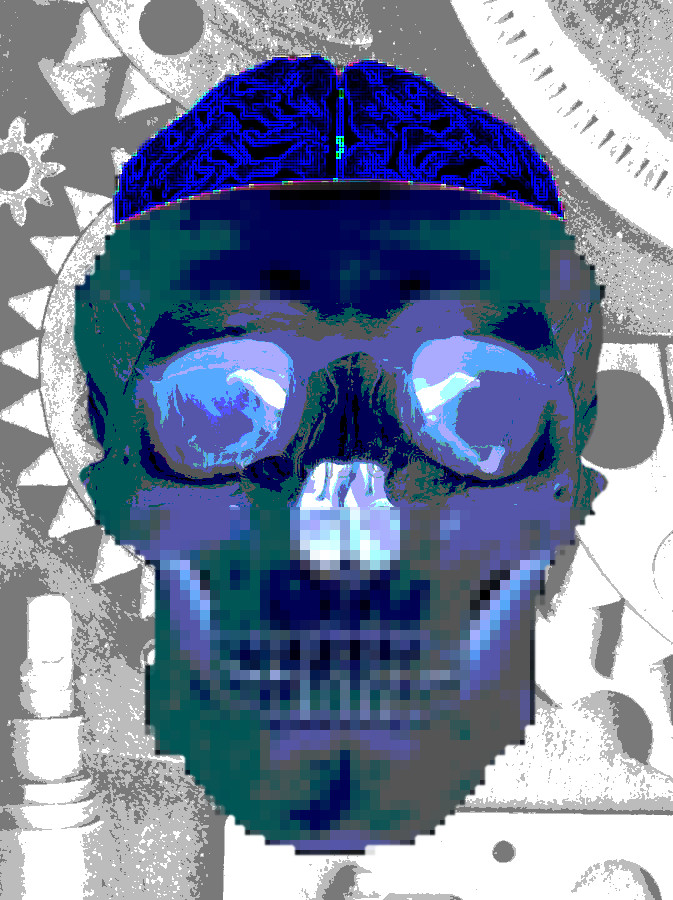Morphing 'bots on display
 Scientists have demonstrated self-reconfiguring modular robots that can merge, spilt and even self-heal.
Scientists have demonstrated self-reconfiguring modular robots that can merge, spilt and even self-heal.
The Belgian team behind the demonstration says the work is a step towards to producing robots that can autonomously change their size, shape and function.
Many robots are controlled by robotic nervous systems in which sensors and actuators are connected to a central processing unit. However, in most cases these systems are mapped strictly to the shape of the robot, which limits flexibility in their capabilities.
Adaptability can be improved using modular robots, made up of multiple units that can form collective bodies, but coordination and control of modular robots have been constrained by a limited set of predefined shapes that the units can form into.
Marco Dorigo and colleagues design modular robots that can adapt their bodies by splitting and merging to become new independent robotic entities, autonomously choosing appropriate shapes and sizes in response se to the task or environment.
Their robotic nervous systems can also split and merge to maintain sensorimotor control.
These robots can even self-heal by removing or replacing malfunctioning parts, including a malfunctioning brain unit. Potential functions include detecting, lifting and moving objects, such as bricks.
The system is demonstrated using 10 units, but the authors suggest that the system may be easy to scale-up.
They propose that in the future, robots will no longer be designed and built for a particular task, and suggest that their system could eventually inspire the production of robots that can adapt to changing task requirements.
Their latest paper is accessible here.








 Print
Print